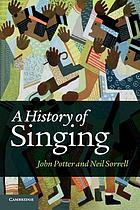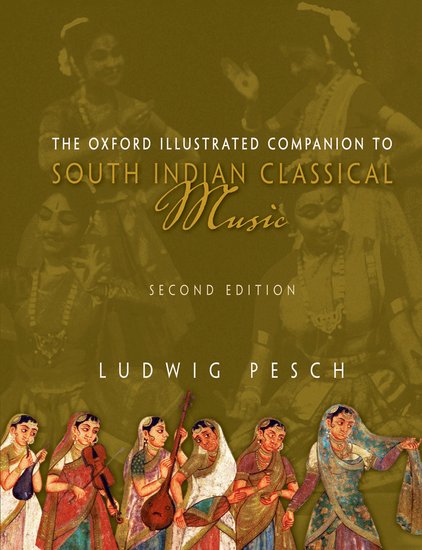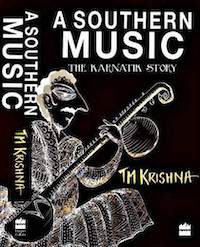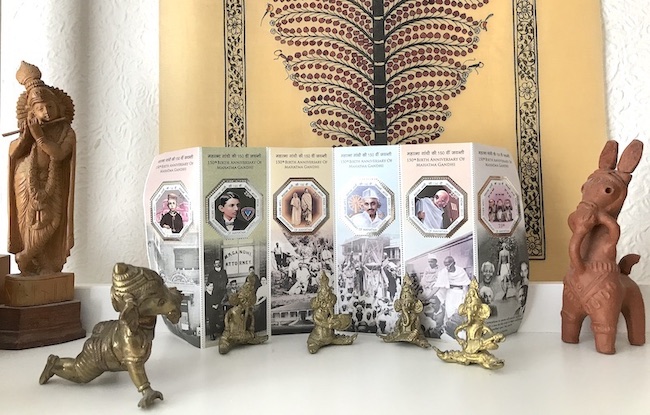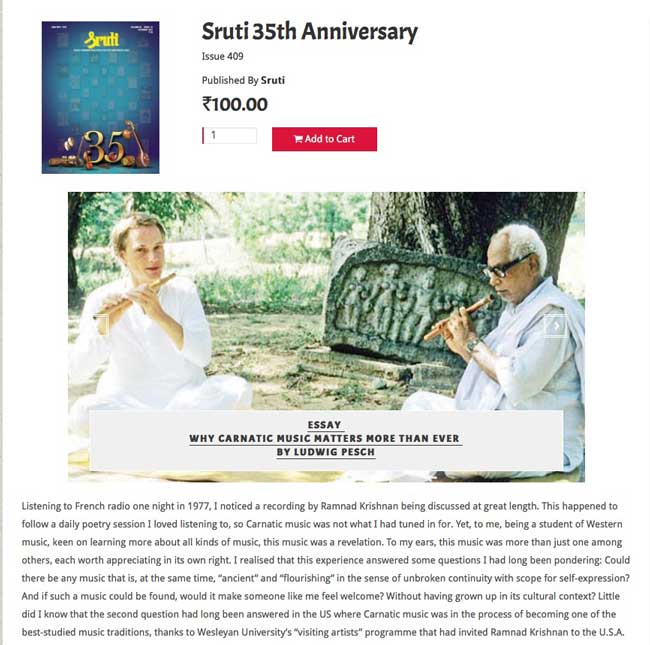Aparna Karthikeyan, The Hindu, April 11, 2015 | To read the full story and view more photographs, click here >>
It takes many days to make a block of wood sing. And it takes exceptionally talented craftsmen to do it. The four families who still make the nadaswaram by hand in Narasingapettai (a village near Kumbakonam, Tamil Nadu) are so skilled that they almost make it look simple. […]
Selvaraj tells me about his village’s long association with the wind instrument, without which no Tamilian wedding or temple procession is ever complete.
“Nadaswaram is a ‘mangala vaadhiyam’ (auspicious instrument). It originated in this area, in a village near Mayavaram. My great-grandfather, Govindasamy Achari, went there and learnt the craft. “ […]
Traditionally, nadaswarams are made with aacha maram (Hardwickia binate, Indian Blackwood). “But you can’t use fresh wood; it has to be at least 75-100 years old. Young wood will bend and bow. All this wood was once lintels and pillars of old houses.” He points to the pile in his backyard. “But we face trouble transporting the wood. We’re stopped at check-posts and asked for a bill; but which seller will give me a bill for old wood?” Even worse, they’re accused of smuggling sandalwood.
Their worries don’t end with procuring the wood. “You need three persons to make each piece. After deducting all the costs — wood, labour — we are left with Rs.1000-1500 per nadaswaram,” rues Selvaraj. […]
But every morning, they wake up with worries: will they find some acha maram, will their sons sit down and learn from them, will the government recognise their contribution to music…
Email: aparna.m.karthikeyan@gmail.com
This article is part of the series ‘Vanishing Livelihoods of Rural Tamil Nadu’ and is supported under NFI National Media Award 2015.
Source: Narasingapettai’s nadaswaram makers – The Hindu
Address: http://www.thehindu.com/features/magazine/narasingapettais-nadaswaram-makers/article7088894.ece
Date Visited: Sun Apr 19 2015 20:50:44 GMT+0200 (CEST)
Listen to nagasvaram recordings on YouTube
- Nagaswaram vidwan, T.N.Rajarathinam Pillai (mentioned in the above article) – Raga Bhairavi
- Listen to other eminent nagasvaram exponents on YouTube: Karukurichi Arunachalam, Sheik Chinna Moulana and his disciples Kalesha Bibi & Mahaboob Subhani

